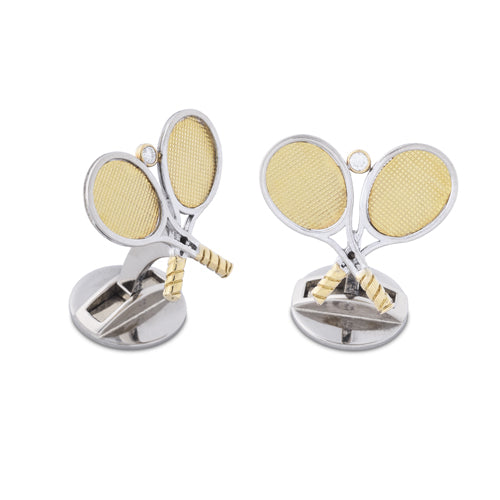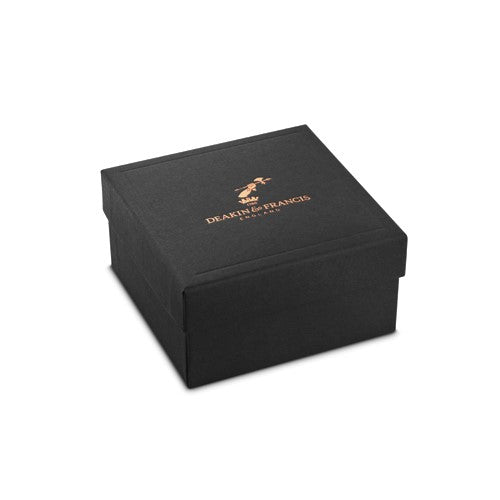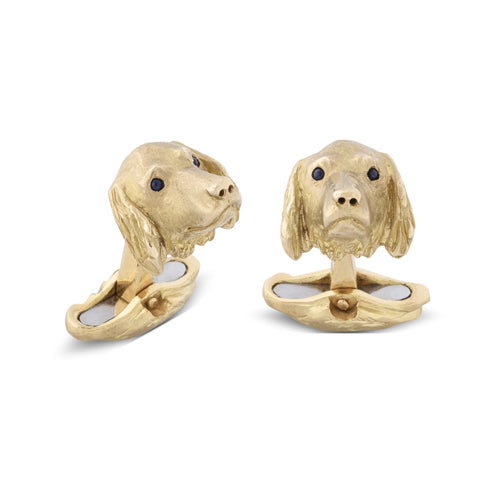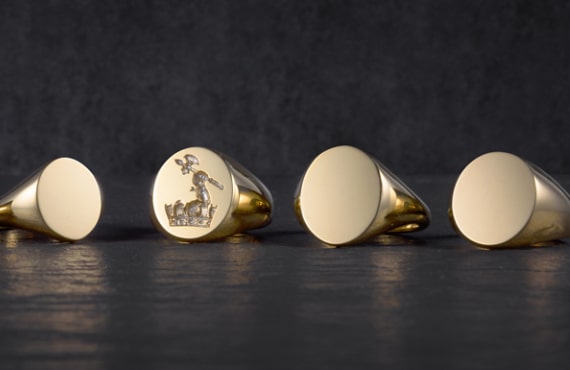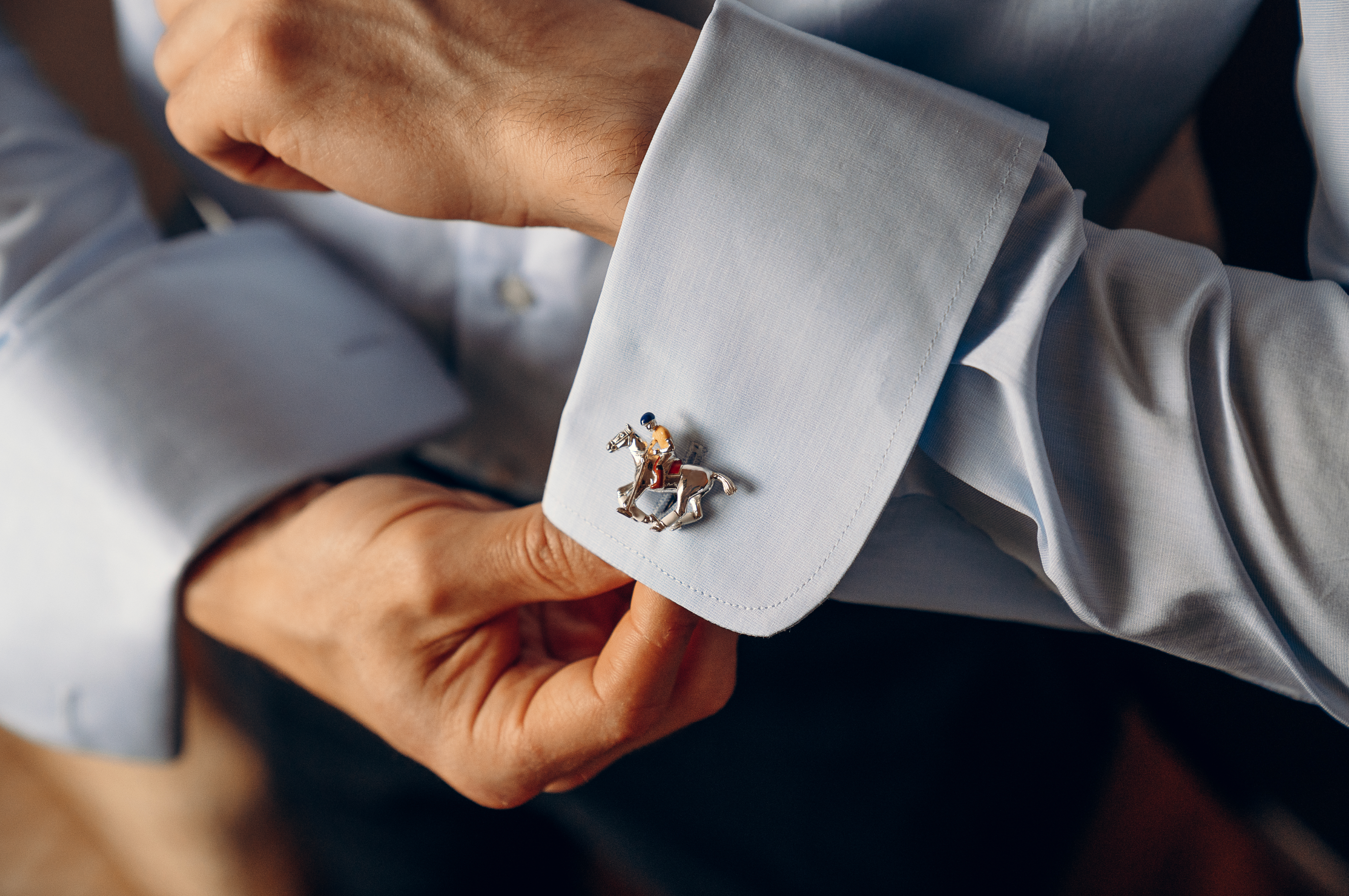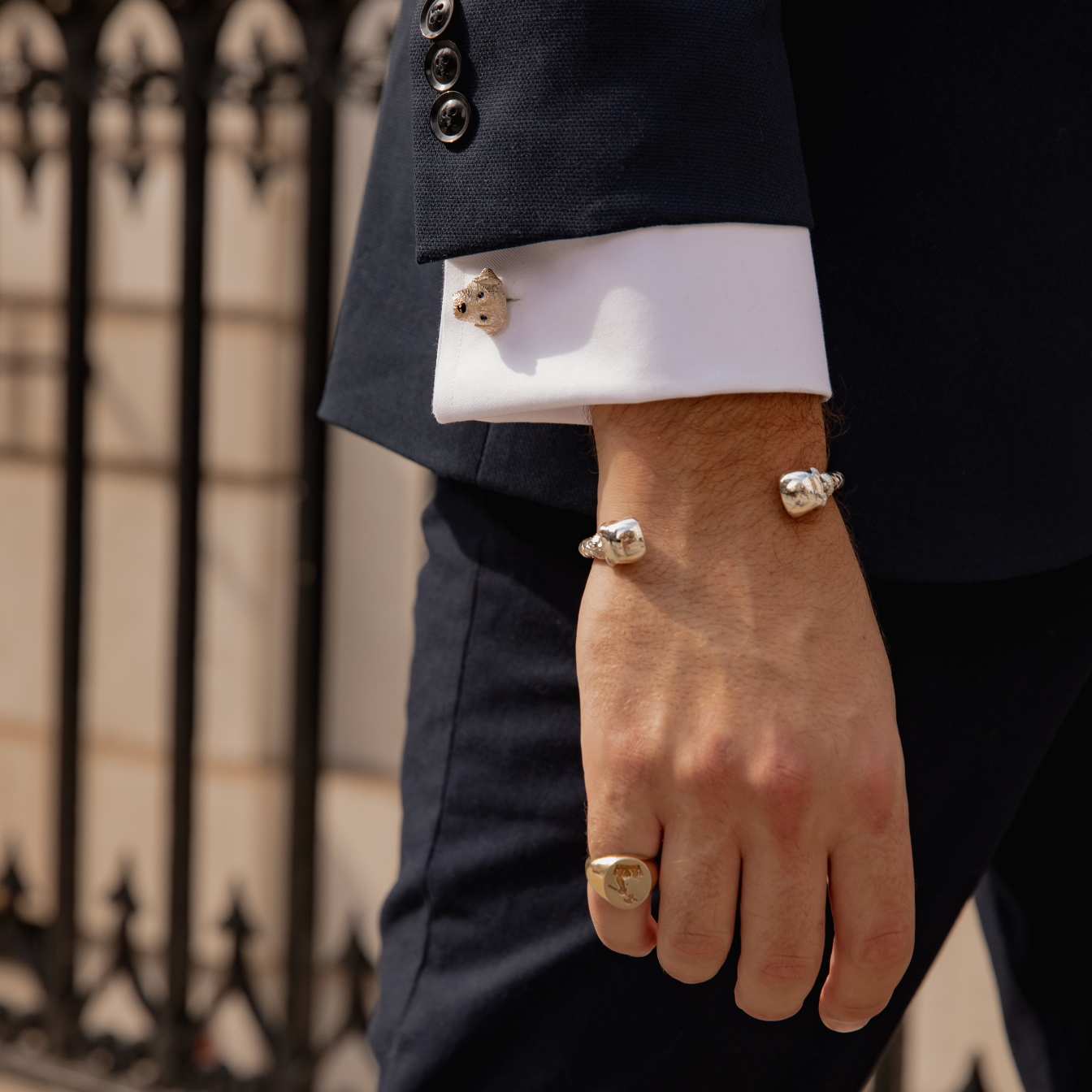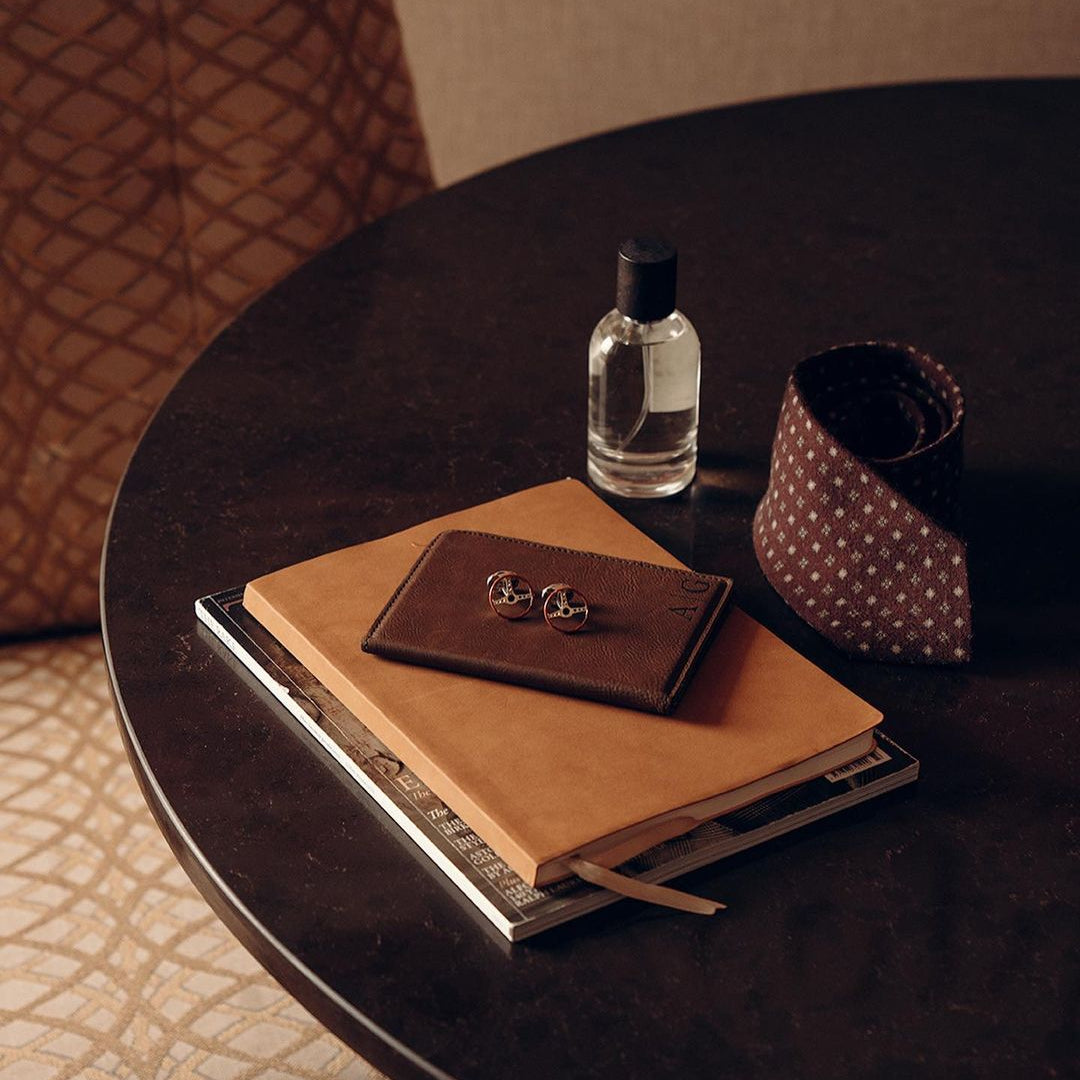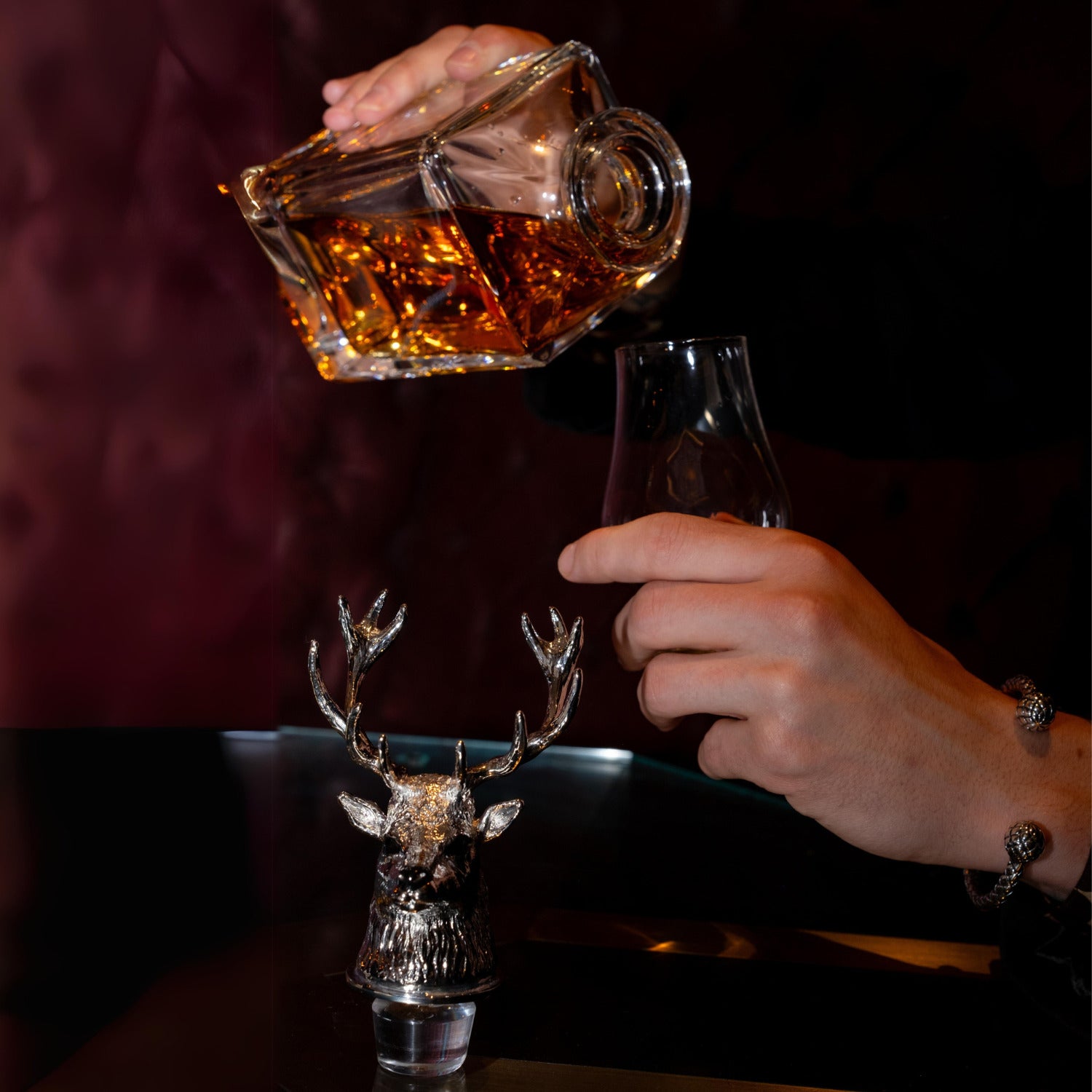A signet ring is one of the oldest and most meaningful pieces of jewellery, symbolising identity, heritage and craftsmanship. At Deakin & Francis, they have been a huge part of our manufacturing history. Since 1786, we have handcrafted these desirable pieces of jewellery using techniques and expert craftsmanship that was used and remains unchanged to this day. To truly appreciate their heritage and enduring appeal, it’s worth exploring what signet rings are and why they continue to hold such significance.
What is a signet ring?
A signet ring is instantly recognisable by its flat or slightly raised face, usually cushion or oval shaped, designed to hold an engraving such as initials, a monogram or a coat of arms. Modern versions are made in gold or sterling silver, and can be finished with gemstones like onyx, lapis lazuli or bloodstone.
Records show that signet rings have been worn and used since the time of the Ancient Egyptians. Pharaohs wore gold rings engraved with hand-carved hieroglyphs. Signet rings are distinguished from other rings by the unique seal or crest engraved on their face. Historically, these engravings were pressed into melted wax on important documents to leave an imprint of the wearer’s crest.
Since then, signet rings have become increasingly fashionable and are considered the perfect family heirloom. For generations, fathers have passed down their signet rings to their sons, each bearing the family crest.
Today, signet rings are a modern trend and a timeless fashion accessory that anyone can wear. Whether you have a family crest or not, you can choose any design you wish to have engraved on your ring.
What is the purpose of and meaning behind a signet ring?
The purpose of a signet ring has evolved over thousands of years but its core meaning remains the same; to represent identity, heritage and trust. Historically, signet rings were worn to signify status and authority. The engraved seal on the face of the ring, often featuring a family crest or emblem, was pressed into wax to authenticate documents, serving as a personal signature that symbolised the wearer’s word and honour.
Beyond status, signet rings came to embody deeper values of legacy and connection. They were treasured possessions, passed down through generations as symbols of family history and continuity. Today, while they are no longer used for sealing documents, their purpose endures as a way to celebrate individuality and personal heritage. Modern wearers often choose to engrave initials, monograms or meaningful designs that reflect their own story.
A handcrafted Deakin & Francis signet ring is designed to last a lifetime; a lasting heirloom that carries the memories, values and identity of those who wear it.
Are signet rings just for men?
Certainly not; signet rings can be worn by anyone. While they were once traditionally associated with men, especially as symbols of family lineage, those conventions have long evolved. Nowadays, signet rings are a unisex accessory, embraced by both men and women as expressions of personal style and individuality.
In recent years, ladies’ signet rings have become a staple accessory for all occasions, from everyday wear to formal events. They are now used to mark many important milestones; an 18th or 21st birthday, a graduation or even a wedding. As heirlooms in the making, signet rings celebrate life’s defining moments and the continuation of personal and family tradition.
How do you wear a signet ring?
Signet rings are usually worn on the little finger. Throughout history, this placement has been used to convey certain messages to others. In the Victorian era, both men and women wore pinky rings to indicate that they had no intention of pursuing marriage. Since then, it has been believed that wearing a signet ring on your little finger symbolises intelligence, intuition and communication. Interestingly, a more recent belief suggests that wearing a sterling silver signet ring on this finger can help promote calmness.
What are the different types of signet rings?
Signet rings come in a range of classic and contemporary styles, each offering its own distinctive character. Oval signet rings are the traditional choice, known for their elegant and timeless appeal. Cushion signet rings feature a square design with rounded corners, giving them a classic yet substantial feel. If you’re seeking something more individual, gemstone signet rings incorporate engraved stones such as black onyx, carnelian or lapis lazuli, adding both colour and texture.
How are our signet rings made?
All of our signet rings are made by hand in our Birmingham factory. The process of making a signet ring has as much history and heritage as the piece itself. Many companies have adopted more modern methods for ease and to lower costs; however, at Deakin & Francis we have avoided this route. Yes, modern methods can be quicker and reduce the price, but they can also significantly compromise overall quality. Quality is a core value for us and not something we will compromise on. Investing in a handcrafted signet ring made to the highest standards is invaluable. Spending a little extra ensures the piece will last for generations to come.
The step-by-step process:
- Source the high-quality metals
- Anneal the metal using high heat to alter the hardness of the metal
- Use a fly press to cut out the basic signet ring shape
- Use a drop stamp to form the shape
- Any excess metal is then trimmed off
- Re-annealed and shaped to the desired finger size
- The back of the shank is then soldered together
- The ring is then filed to shaped, buffed and polished
- All of our signet rings then go to the Birmingham Assay Office to be hallmarked
- Re-polished and then a seal engraving can be added
- One final polish to make the signet ring gleam and the ring is ready for its new home
If you are keen to learn more or discuss crafting your very own signet ring, contact our team today at cufflinks@deakinandfrancis.com.
